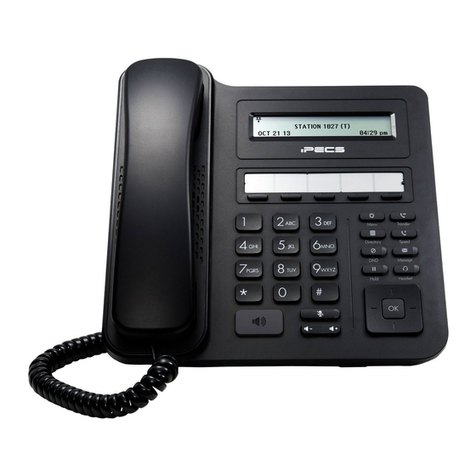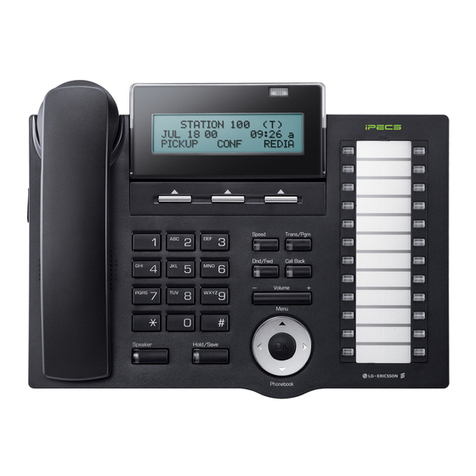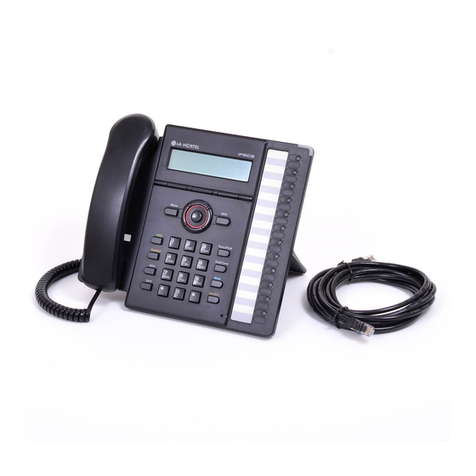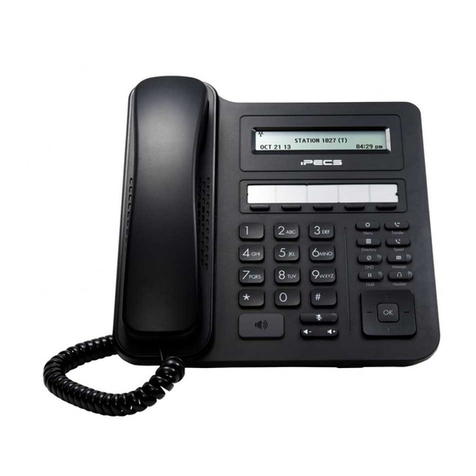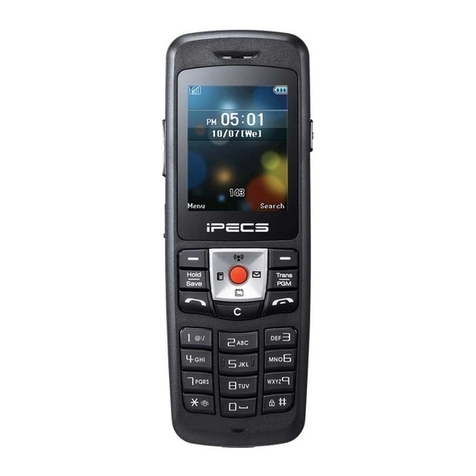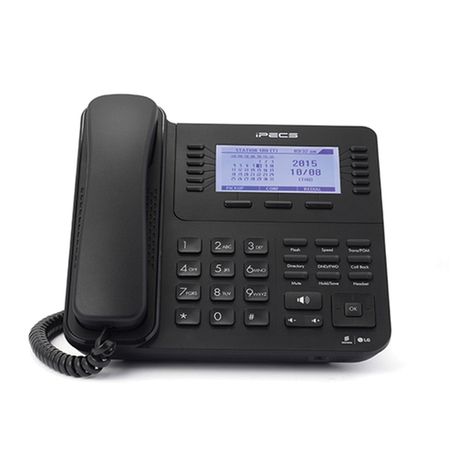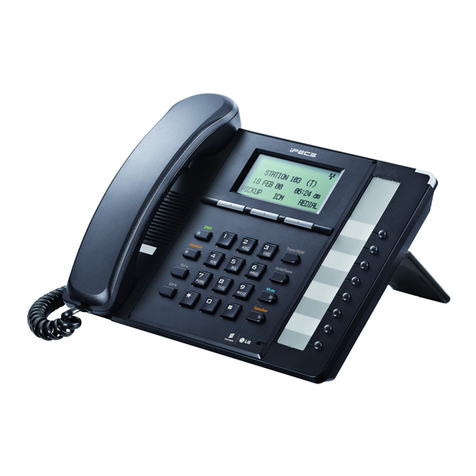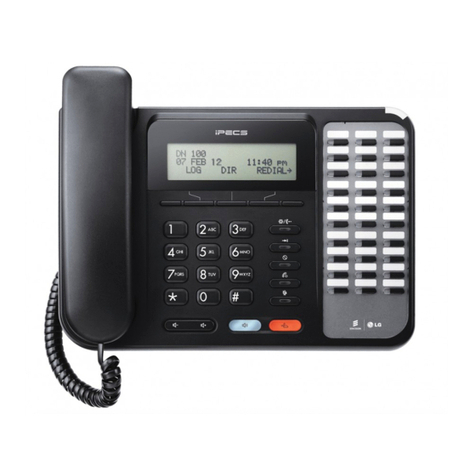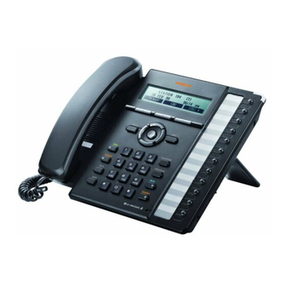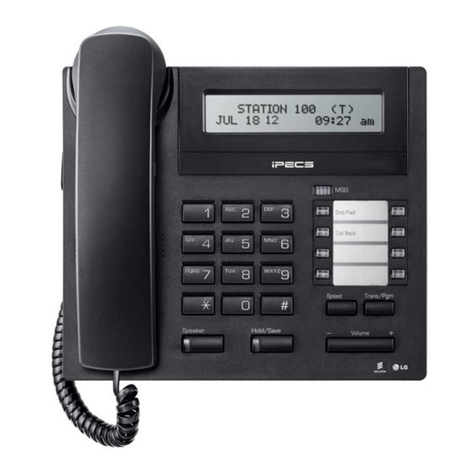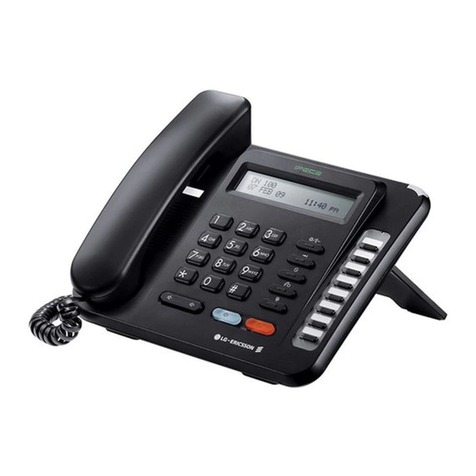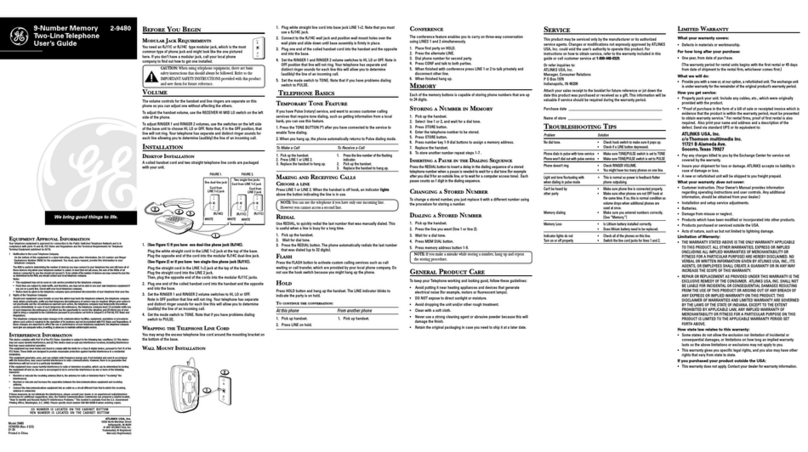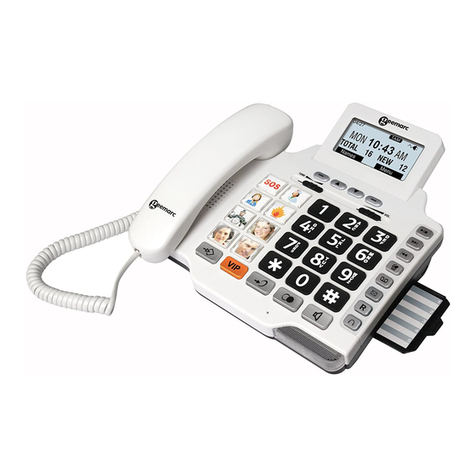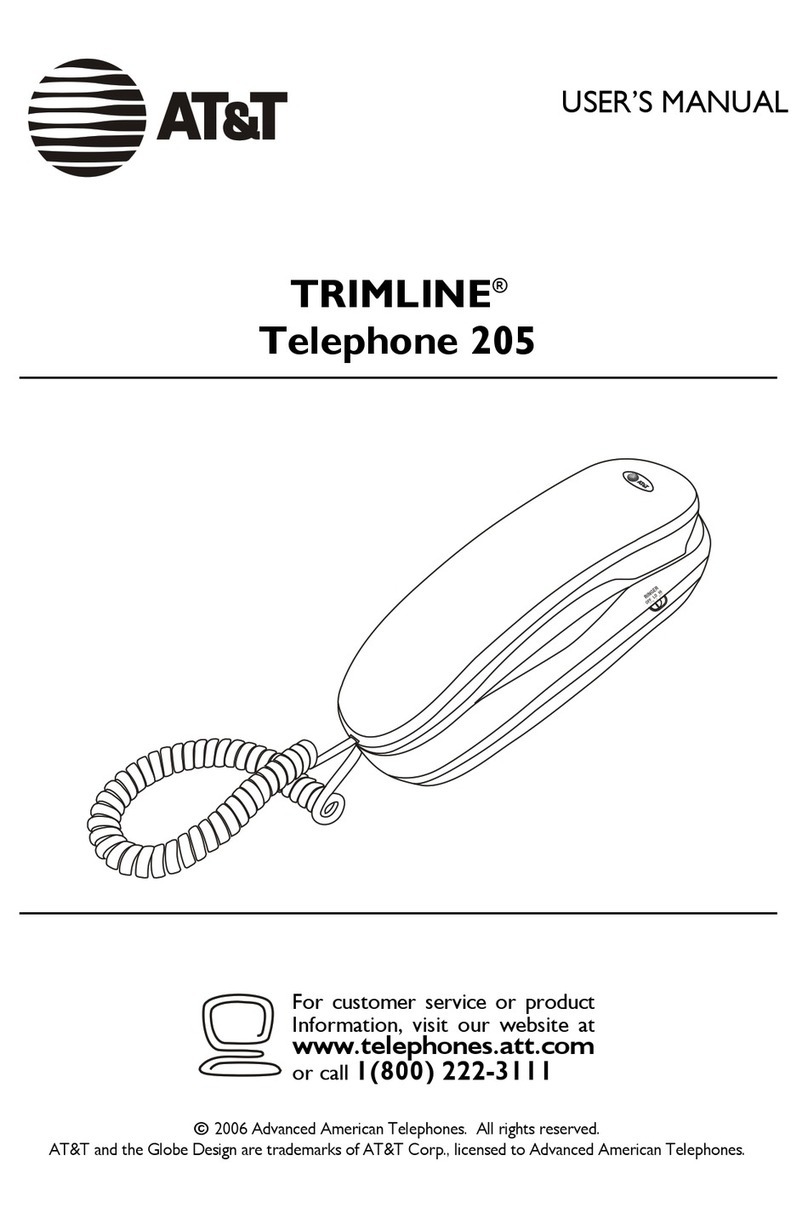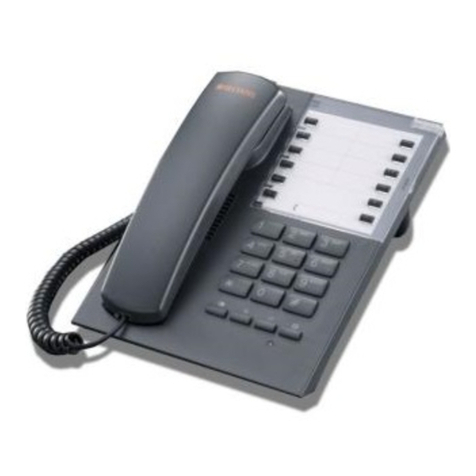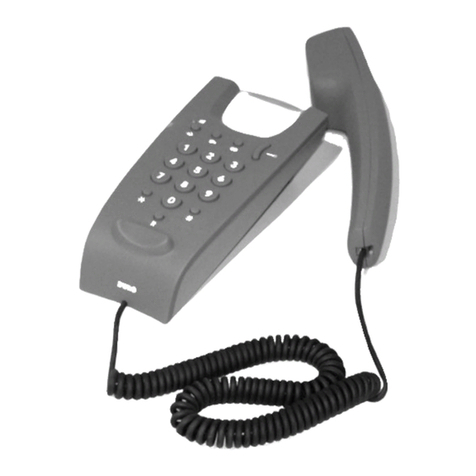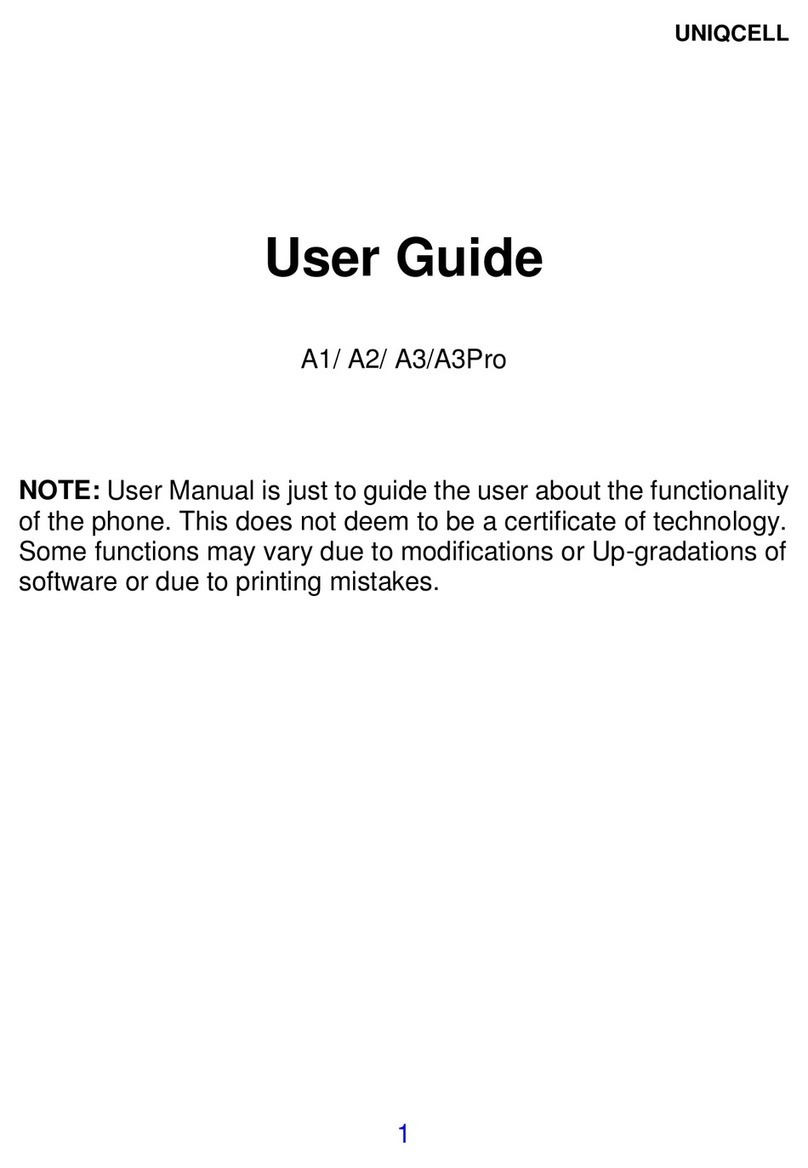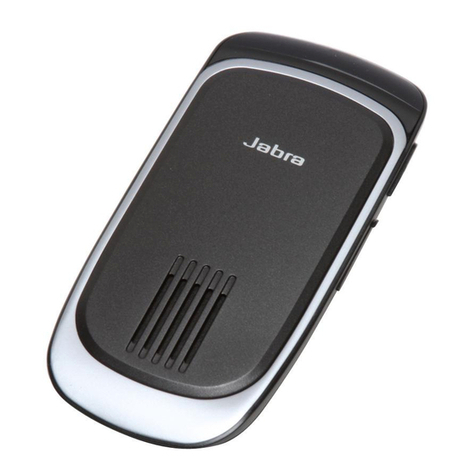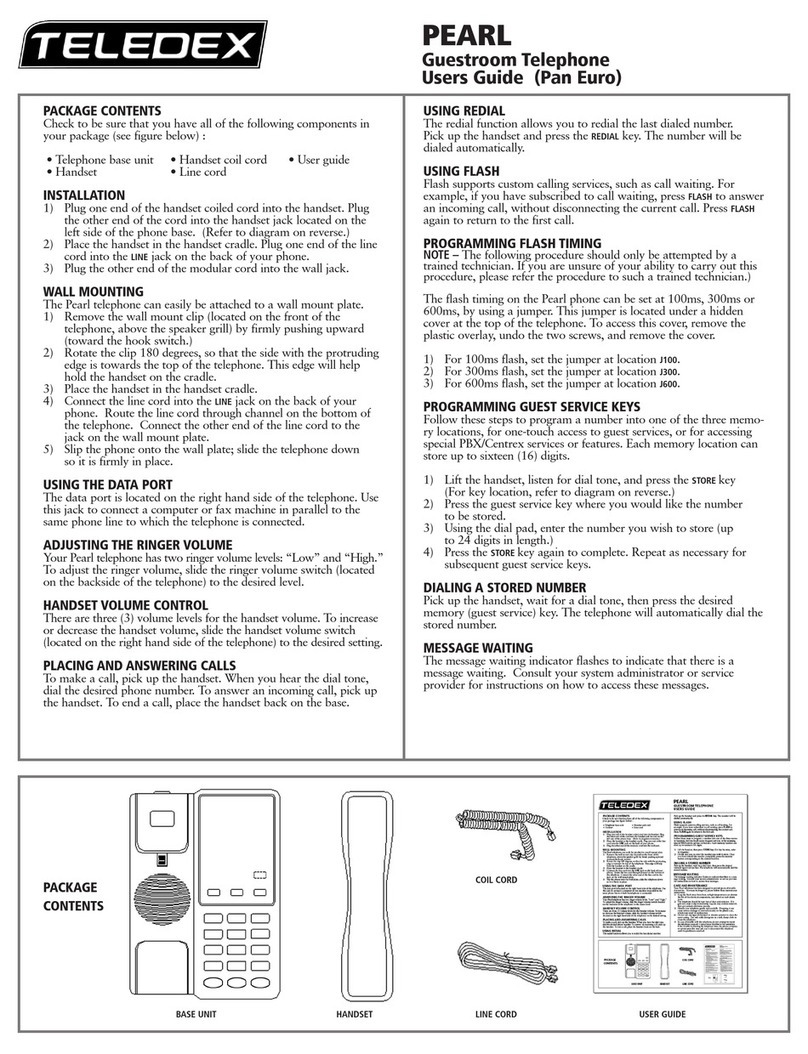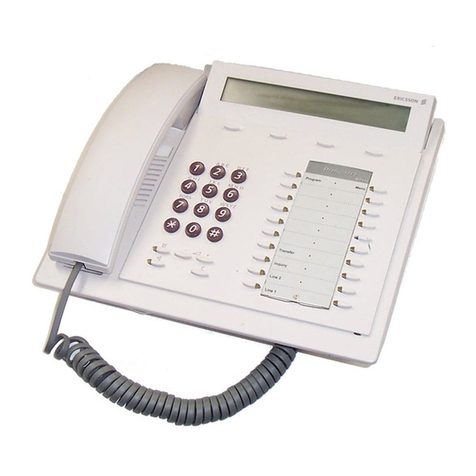iPECS 7016D & 7024D Phone User Operation Guide
Dec-04 i
TABLE OF CONTENTS
1. INTRODUCTION..........................................................................................1
1.1 General ....................................................................................................................................... 1
1.2 Feature Information .................................................................................................................. 1
1.3 Feature Groupings.................................................................................................................... 1
1.4 iPECS LIP-7016D & 7024D Phone Description .................................................................. 2
2. IPECS PHONE LCD, SPEAKERPHONE &RELATED FEATURES......................5
2.1 LCD operation ........................................................................................................................... 5
2.2 Using the Speakerphone ......................................................................................................... 5
2.3 Using a Bluetooth Wireless Headset..................................................................................... 6
3. RECEIVING CALLS .....................................................................................7
3.1 Answering a call while idle ...................................................................................................... 7
3.2 Responding to a call a while busy.......................................................................................... 8
3.3 Using Answering Machine Emulation (AME) ....................................................................... 9
3.4 Differential Ring Signals ........................................................................................................ 10
3.5 Answering Calls at Night........................................................................................................ 10
3.6 Answering Calls to other stations......................................................................................... 11
3.7 Blocking Incoming Calls with Do-Not-Disturb (DND)........................................................ 11
3.8 Forwarding Calls ..................................................................................................................... 12
3.8.1 Forwarding calls to another station or Voice Mail............................................... 12
3.8.2 Forwarding calls to an external number ............................................................... 13
3.8.3 Forwarding callers to a Text Message.................................................................. 14
4. PLACING A CALL .....................................................................................16
4.1 Internal Calls ............................................................................................................................ 16
4.1.1 Placing Intercom calls.............................................................................................. 16
4.1.2 Calls to a busy station, Camp-On.......................................................................... 17
4.1.3 To leave a Message Wait........................................................................................ 17
4.2 External Calls........................................................................................................................... 18
4.2.1 Placing external CO/VoIP calls .............................................................................. 18
4.2.2 To wait for the next available CO/IP line .............................................................. 19
4.2.3 Tracking External calls for billing, Account Codes.............................................. 19
4.2.4 To disable dialing from your phone ....................................................................... 20
4.2.5 To temporarily override dialing restrictions at a phone...................................... 20
4.3 Using Automated Dialing ....................................................................................................... 21
4.3.1 Using Last Number Redial (LNR) .......................................................................... 21
4.3.2 Using and Entering Save Number Dial................................................................. 21
4.3.3 Using System Speed Dial Numbers...................................................................... 22
4.3.4 Using and Entering Station Speed Dial Numbers............................................... 22
4.3.5 Using Dial by Name & Entering your Name......................................................... 24
Elimin
